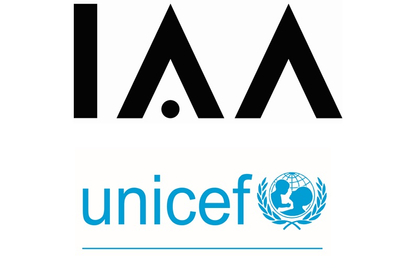
Charity, philanthropy, patronage have existed from time immemorial. They have been part of a societal code that has governed the act of giving, from a time when monarchies prevailed to a day where mega corporations have replaced kingdoms. For centuries, the basic code did not alter. Philanthropy was always discreet and ever so often the donation anonymous. The first significant shift happened in the early 1980s when a now formidable discipline called “Marketing” collided with philanthropy to give birth to a new concept: “Cause Marketing”.
Twenty five years later, “Cause Marketing” may have reached a tipping point to become an essential component of marketing strategy.
It is widely acknowledged that Jerry Welsh, a Senior VP at American Express, propounded that giving people a local cause to rally around would encourage card usage. So successful was the initiative that, in 1983, American Express coined and trade-marked the term “Cause-related Marketing”.
American Express took the concept across the United States when it launched a three month campaign around the “Statue of Liberty restoration project”. A promise to donate one cent for every transaction and a dollar for every new card application saw the fund raise $ 1.7 million in three months. Card usage increased by 27% and new card applications by 45% over the previous year.
So what is “Cause Marketing?” The term is generally described as “A partnership between a ‘for-profit’ organization with a ‘non-profit’ where the former helps raise funds through the sale of its products to help the “non-profit” organization meet its goals.
Today, virtually every organization is associated with a cause. From cancer, children’s education to health and the environment. While some organizations are strongly linked to the cause that they support in many cases the linkage is not vivid.
This stems from a lack of clarity on the true contours of “Cause Marketing”. Far too often it is confused with Corporate Social Responsibility (CSR) or with sponsorship. While “Cause Marketing” is interlinked with both CSR and Sponsorship, it is different in two specific ways.
Firstly, “Cause Marketing” is vivid and visible. Consumers should know what any corporation is doing to help a cause. Unfortunately, companies support a cause but are coy about telling the world. Ever so often the good work remains buried in a section of the annual report.
Secondly, “Cause Marketing” sho-uld allow consumers to express their support for a cause by buying into the company’s products. This linkage is missing in many programs.
A sustained and visual linkage between the cause and the company is thus a critical success factor for both partners. The Mumbai Marathon is a classic case of how armchair bound executives are motivated to run for a cause and raise significant resources for charity.
Programmes that have managed to interlock consumer buyer behaviour and the consequent positive impact on a cause have always done well.
For example, Yoplait launched its “save lids to save lives” program. Consumers send in a Yogurt lid and Yoplait donates 10 cents to a cancer charity. In 2006 Yoplait received 10 million lids.
Ben & Jerry have embraced fair trade and environment issues to become an iconic brand across college campuses in the USA. The ‘lick global warming’ environmental initiative resonates with its key consumers and is one activity that has helped shape this ice cream brand.
IKEA is associated with UNICEF’s “Right to Play” programme. But, instead of making a cash donation, they linked it to a specially designed Brum Bear where a percentage of sales were contributed to the UNICEF programme. IKEA ensured that by integrating a cause with its marketing programme consumers believed that their action helped contribute while also instilling a sense of pride among employees.
“Cause Marketing” is an idea whose time has come. We now live in an era where consumers are passionate about their causes. As a matter of fact, today’s aware generation has spawn-ed a whole new concept. “Cause Consumption” fueled by a generation of youngsters who have the buying power and the energy to punish corporations which do not support a cause and who do not have an active CSR programme. Finally, profit and conscience can, indeed, co-exist.
Niteen Bhagwat, executive director and CEO, Cogito Consulting



.jpg&h=268&w=401&q=100&v=20250320&c=1)




.jpg&h=268&w=401&q=100&v=20250320&c=1)
.jpg&h=268&w=401&q=100&v=20250320&c=1)
